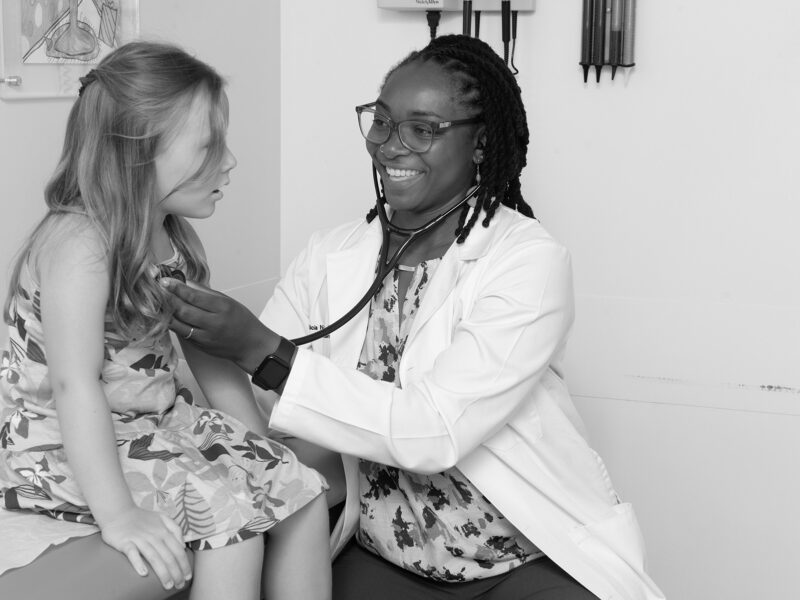How to Build and Lead a Successful Medical Department
How to Build and Lead a Successful Medical Department https://pediatricsnationwide.org/wp-content/themes/corpus/images/empty/thumbnail.jpg 150 150 V. Rama Jayanthi, MD V. Rama Jayanthi, MD https://secure.gravatar.com/avatar/46c2c54dae7482b947888310679c201f?s=96&d=mm&r=g- January 20, 2015
- V. Rama Jayanthi, MD
Fostering an environment that supports evidence-based medicine, professional development and equal footing for clinician-researchers is a critical challenge for medical leadership.
You can spot the collaborative leader because he’s rejected the heroic, solitary model of leadership. He doesn’t try to dominate his organization as its all-seeing visionary, leading idea generator and controlling intelligence.
Instead, he sees himself as a stage setter, as a person who makes it possible for the creativity in his organization to play itself out. The collaborative leader lessens the power distance between himself and everybody else. He believes that problems are too complex for one brain, but if he can create the right context and nudge a group process along, the team will come up with solutions.
– David Brooks, The New York Times, Nov 24, 2014
What defines medical leadership in 2015? How can we build departments that reward talent and encourage initiative while fostering top-notch clinical care and research? Divisional leaders of the future need to understand that they need to establish an environment in which each team member is valued and empowered. Simply put, if as a division chief I can create an environment where each of my section members succeeds, the division as a whole will naturally succeed, and thus so will I.
Creating this type of medical department involves a cultural shift within academic divisions — a change in the belief that the best outcomes are based on the historical concept of a single physician-centered approach to medical care. Rather, the more modern model is a team concept in which physicians not only collaborate with one another but also with nurses, behavioral health specialists and families, especially for the most complex problems. Medical leaders must be forward-thinking, critically evaluating the present knowledge base, and willing to reject what they had considered to be medical dogma if newer evidence-based information or research refutes this. I have been practicing medicine long enough to know that much of what I thought was axiomatic earlier in my career has since been shown to be completely wrong.
These concepts need to be addressed in three major inter-related categories: clinical practice, program development and research.
Three Ways to Improve Your Medical Division
Clinical practice and patient care are at the heart of what we do and are our reasons for being. Fostering an environment of collaboration between physicians is vital to creating a system in which they work together and teach one another. Surgeons especially, myself included, need to get away from the concept of doing things in a certain way because “this is how I was trained.” We need to be humble enough to work with and learn from our colleagues.
This leads to the second category: program development. Having specific programs of excellence will not only lead to better clinical outcomes, but will also foster academic productivity and thus career development for junior faculty. Mentoring junior faculty is one of the most important tasks for senior faculty and division heads, as these are the individuals who will carry on the mission long after we are gone. A sign of a successful chief is that he or she has been able to promote younger faculty to positions of importance on a national level. Developing programs that enable talented physicians to take leadership roles and ownership in the success of the department will help them grow professionally without relocating, while also enhancing the expertise your division offers to patients.
The third category, research, is the most difficult to develop. In an ideal environment, research should be completely integrated into clinical practice, such that every patient encounter can be an opportunity to learn and improve the care we offer. Furthermore, a division needs to recognize the value of individuals whose job is primarily research-based. The importance of research to the overall mission of the program should be considered in the development of progressive compensation models.
Creating an “ideal” academic medical division can be difficult and requires an institutional commitment to such ideals. However, doing so is vitally important. The practice of medicine is undergoing marked changes in the United States and there is a greater emphasis, appropriately, on ensuring the best outcomes. The concepts discussed above are an important foundation for the modern medical division, one that promotes faculty development, advances in scientific knowledge and overall personal and professional satisfaction for academic physicians.
- Post Tags:
- Professional Development
- Research
- Urology
- Posted In:
- In Brief





